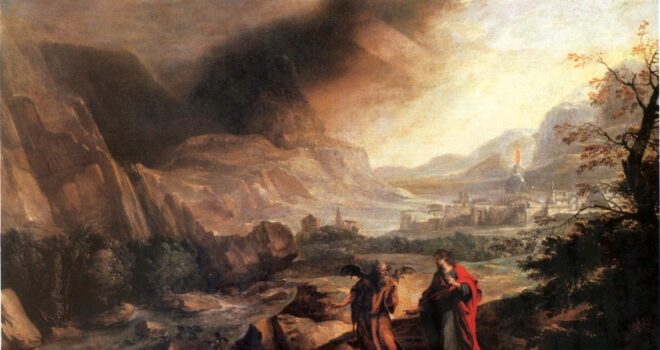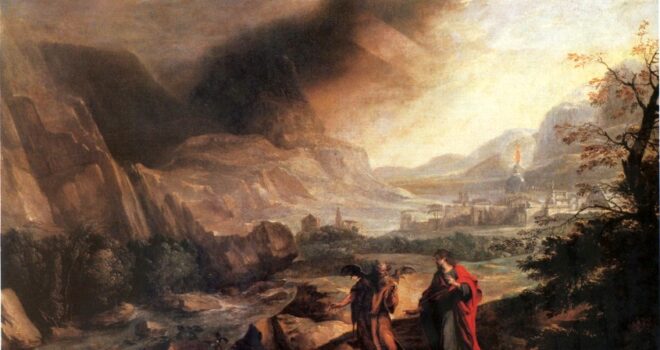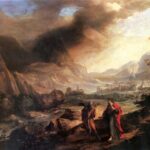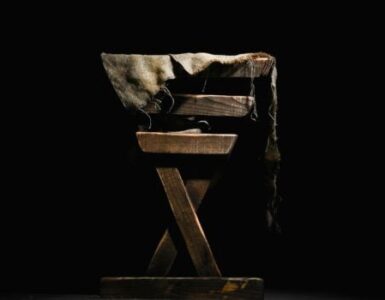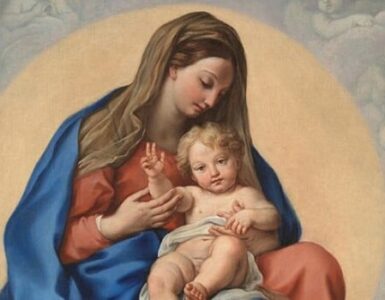Viewing and pondering sacred art, engaging in vizio divina, offers the faithful a great way to meditate more deeply on the life of Jesus Christ and the mystery of salvation. This series of articles will highlight several pieces of art related to the season of Lent, specifically the Gospel readings for each week. Each of these pieces of art allows us to reflect on the transformation to which our Lord calls us during this penitential season, and to bring the realities of these biblical episodes into our own lives.
The season of Lent is upon us, the penitential time during which we pray, fast, and give alms in hopes of being transformed into the persons that God plans and desires us to become. Each week during this season, the Church presents Gospel readings that highlight our need to engage in spiritual battle; ways that Jesus can remove patterns of spiritual blindness in us; and opportunities to be raised to a higher plane of living. We know our need for transformation, so there will be many times throughout these six-plus weeks that each of us will include ourselves in the cry of the Psalmist: “Thoroughly wash me from my guilt and of my sin cleanse me” (Ps. 51:2).
On the First Sunday of Lent, we are presented with the biblical episode that follows immediately after Our Lord’s Baptism, when “Jesus was led by the Spirit into the desert to be tempted by the devil.” At the end of forty days and nights of fasting, when “he was hungry,” (Mt. 4:1-2) Satan approached and began his three-fold temptation. We know from this episode that the enemy’s program of temptation is always the same. Engaging in vizio divina about these temptations will allow to be more aware of the temptations in our own lives, and about the better responses we are able to make.
Philips Immenraet, a Dutch painter of the Baroque period, was known primarily for landscape paintings. One of the best-known landscapes that he produced is a depiction of this episode entitled Temptation of Christ, from 1663. This painting is unique among depictions of the desert temptation of Jesus because it includes all three of the settings in which the devil tempted Our Lord. Most other depictions focus on one single aspect of the three-part temptation. Seeing all three aspects allows a viewer to ponder each successive temptation as part of a larger pattern.
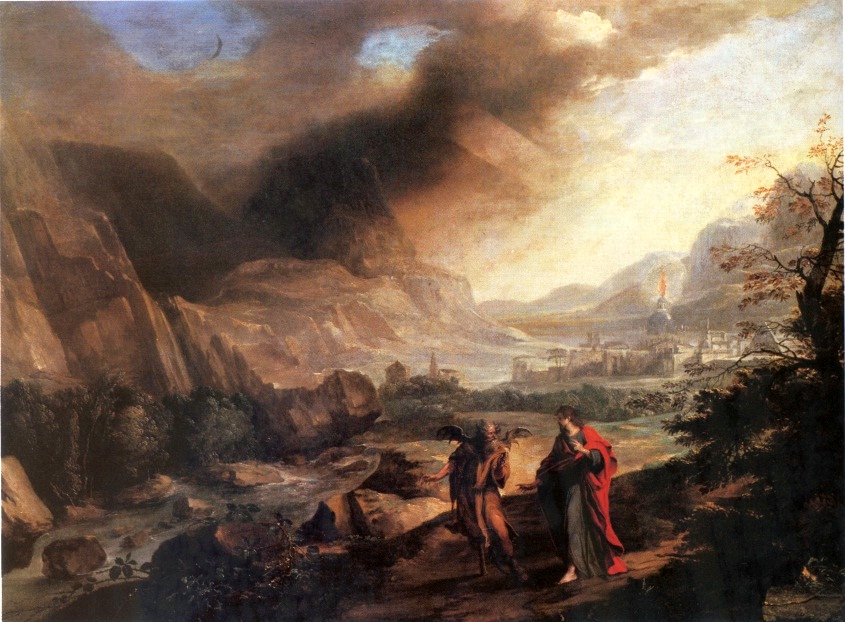
In the foreground of the image, we see Jesus cloaked in the red of martyrdom. We may not realize it, but Our Lord’s very journey into the desert is an act of martyrdom, giving up himself for our sanctification and salvation. The red contrasts sharply with the rest of the landscape, identifying the very counter-cultural nature of Jesus and His mission. Do I see myself connected to and carrying on Jesus’ counter-cultural mission? Am I willing and ready to become subject to martyrdom for the sake of His message and mission?
Next to Jesus, we see the tempter. If a viewer knows the biblical story, it is obvious who this figure is. But, from a distance, it is difficult to see this figure’s demonic aspects, such as the pointed wings. He looks almost like a regular human being. This causes a viewer to examine people around: Are there human persons who exercise an evil influence on me? What are the ways I can know the sinister plans and effects of people with whom I interact?
A viewer can almost hear the tempter saying, as he points to the boulders on the ground, “If you are the Son of God, command that these stones become loaves of bread” (Mt. 4:3). Our Lord’s response was specifically about the more necessary and lasting food that humanity needs: “One does not live on bread along, but on every word that comes forth from the mouth of God” (Mt. 4:4). Gazing on this part of the painting allows a couple of poignant questions to resonate in one’s heart: Have I let my actions be dictated more by bodily desires than by spiritual needs? Have I been more concerned with placating the physical whims of others than with their lasting spiritual good?
In the second temptation, Satan leads Jesus “to the holy city, and made him stand on the parapet of the temple” (Mt. 4:5). Jerusalem seems to be standing behind Jesus and Satan in Immenraet’s painting. Above the rest of the city rises a large domed structure. While it more closely resembles the duomos of Renaissance cathedrals, it is probably meant as a depiction of the Judaic Temple. A pillar of fire rises from the top of the structure, which might be significant of the pillar of fire by which God led His people around the desert wilderness after the exodus from Egypt. Unlike so many in our culture, do I put the worship of God at the center of my personal life? Have I recognized God’s continual presence with His chosen people, including the Church, which is the New Israel? Have I found myself tempted in the same way that Jesus was? Have I let pride or my power over others dictate the way that I think or act toward them?
On the left side of the painting, further away from Jesus than the city, is a mountain wreathed in a black cloud. This is very likely meant to depict the mountain from which Satan “showed him all the kingdoms of the world in their magnificence” (Mt. 4:6). The black cloud signifies the machinations of the tempter. Dark colors in religious art are almost always significant of rejecting the light and will of God. In this biblical moment, Jesus was tempted to exactly that by social notoriety and power. Looking at this part of the painting may cause the viewer to ask: Do I find myself enveloped by the black cloud of temptation? Am I tempted by social notoriety, glamor, or power? Have I allowed myself to be tempted by gathering up things and social influence for myself instead of worshiping and serving God alone (cf. Mt. 4:10)?
As a viewer gazes at this part of the painting, one small detail leaves a lasting impression, which makes a great conclusion. Piercing through the black cloud atop the mountain is a ray of light. That ray points almost directly at the pillar of fire rising from the Temple. The most luminous portion of the painting exists in between these two symbols of God’s presence. During the Lenten season, God wants to pierce through the darkness that potentially envelops each one of us. Therefore, each of us needs to ponder precisely this question: Am I rooted in God’s presence, being subject to His light and love? Do I reject the wiles and tricks of the devil that would darken my world? That is the ultimate foundation of the growth and transformation that we all seek during Lent.
Temptation of Christ is in the public domain.


